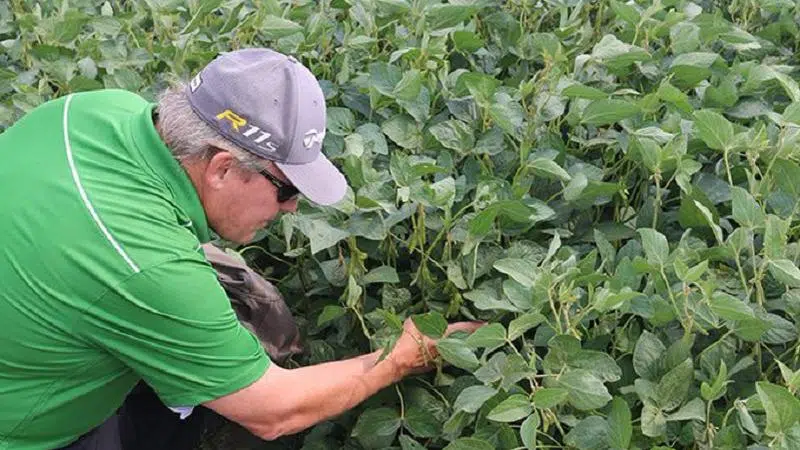
Soybeans, irrigation featured in 2020 crop insurance
There are changes coming to the province’s crop insurance program.
Saskatchewan Agriculture minister David Marit announced this morning insurance coverage at $224 per acre is decreasing $6 from last year. It’s a 14 per cent decrease in premium and roughly a 2 per cent reduction in coverage costs.
Premiums will decrease to an average of $7.40 per acre, down from $8.61.
Other adjustments featured soybeans, organics, irrigation and vegetable production.


